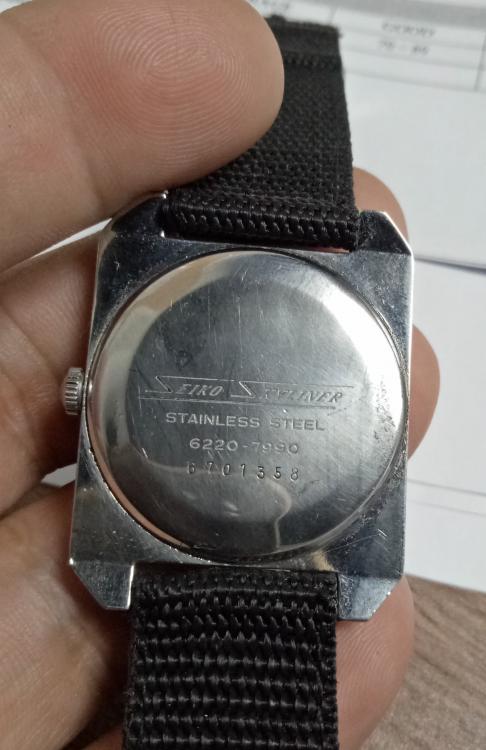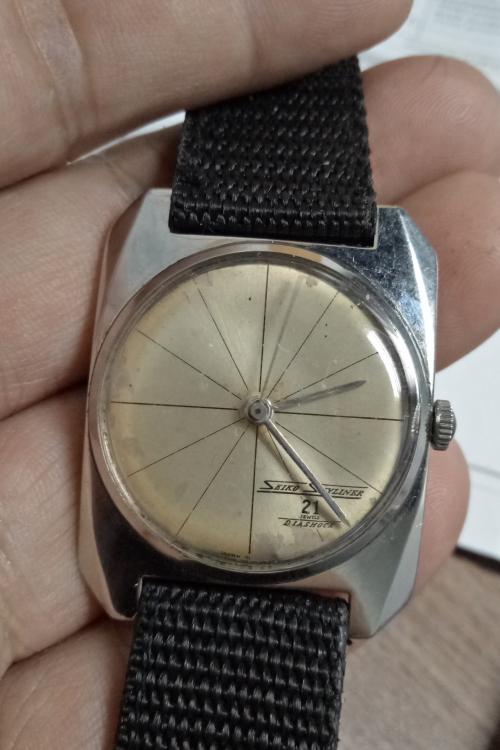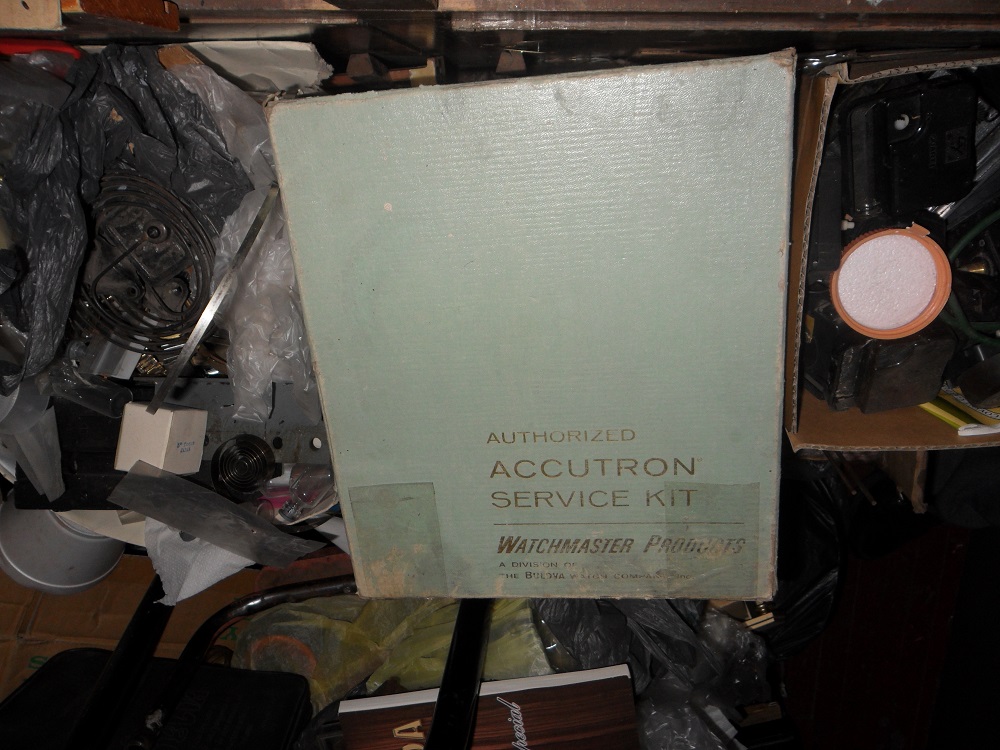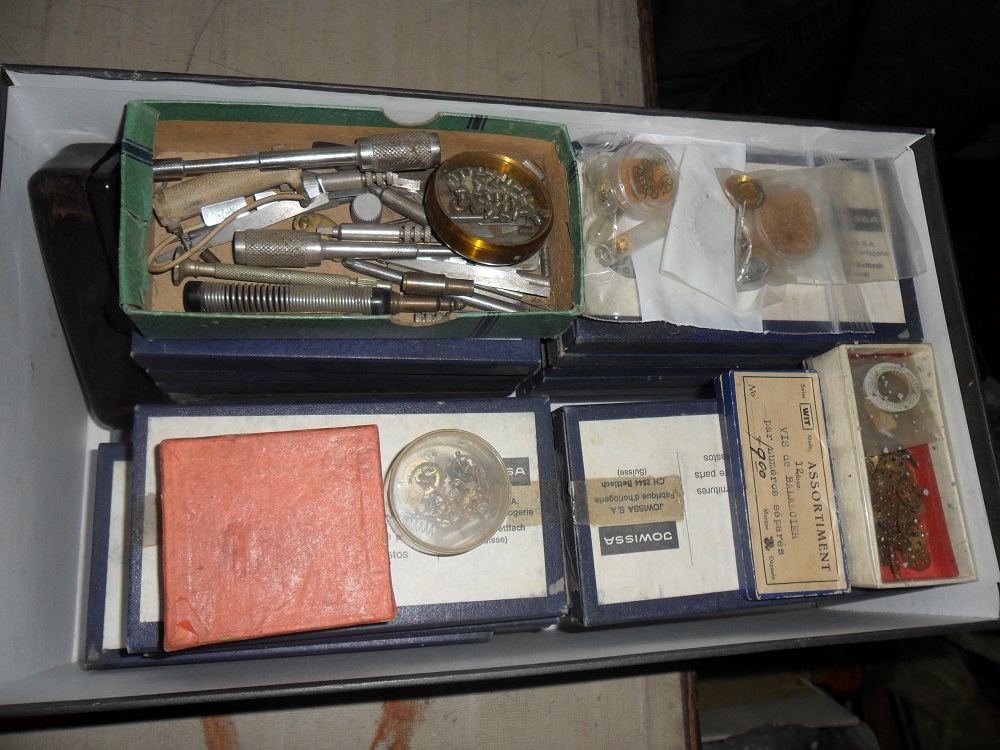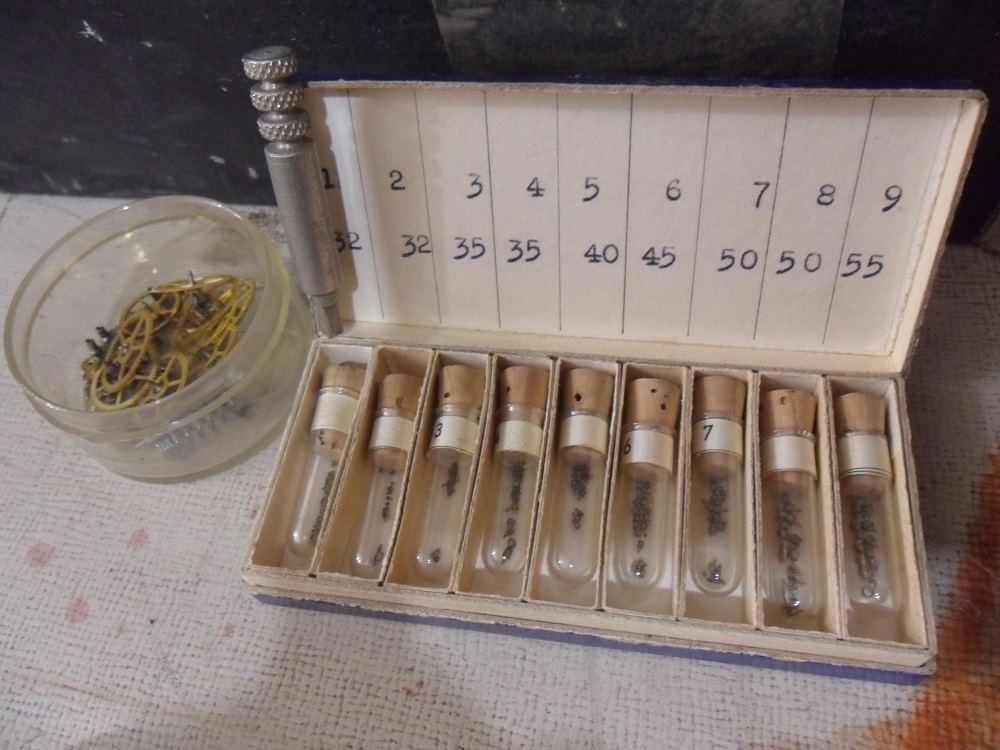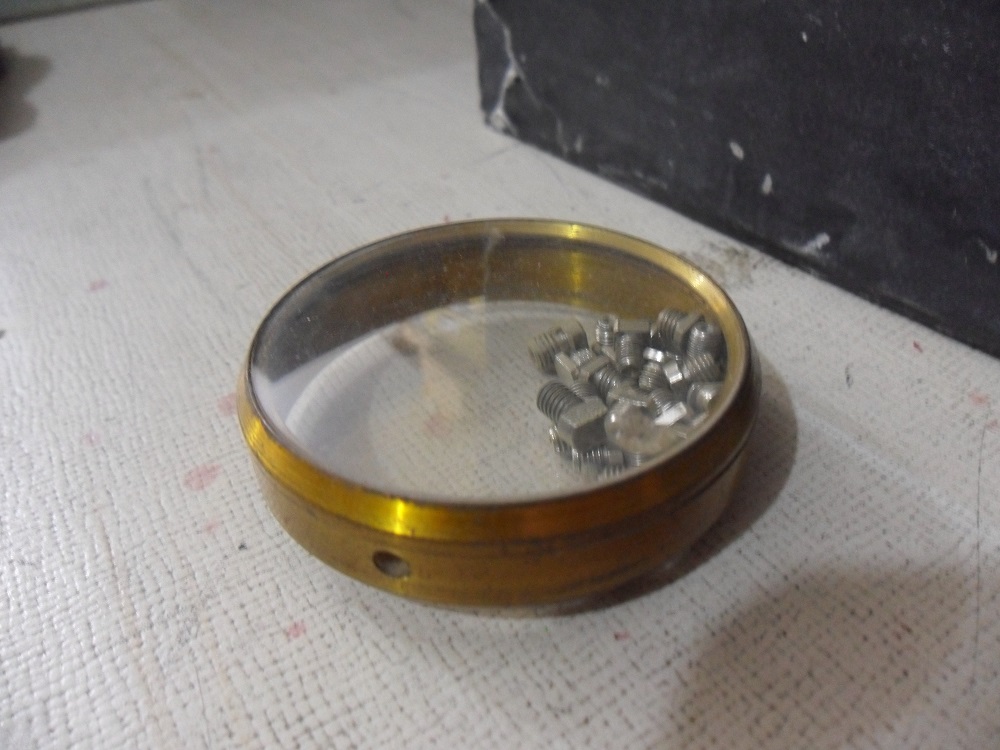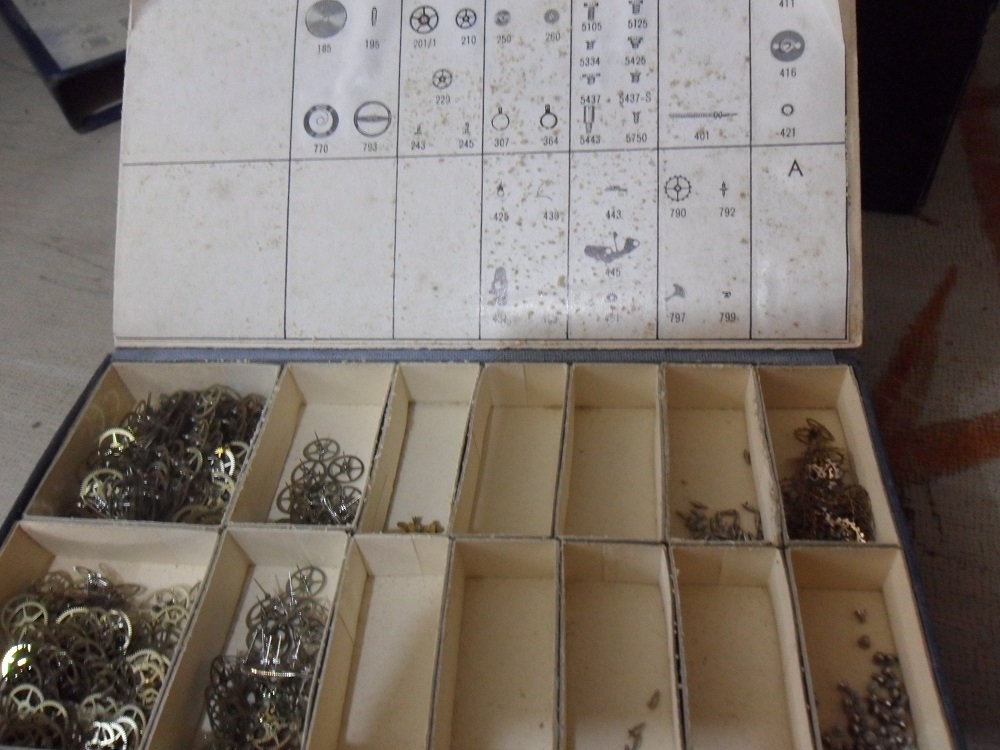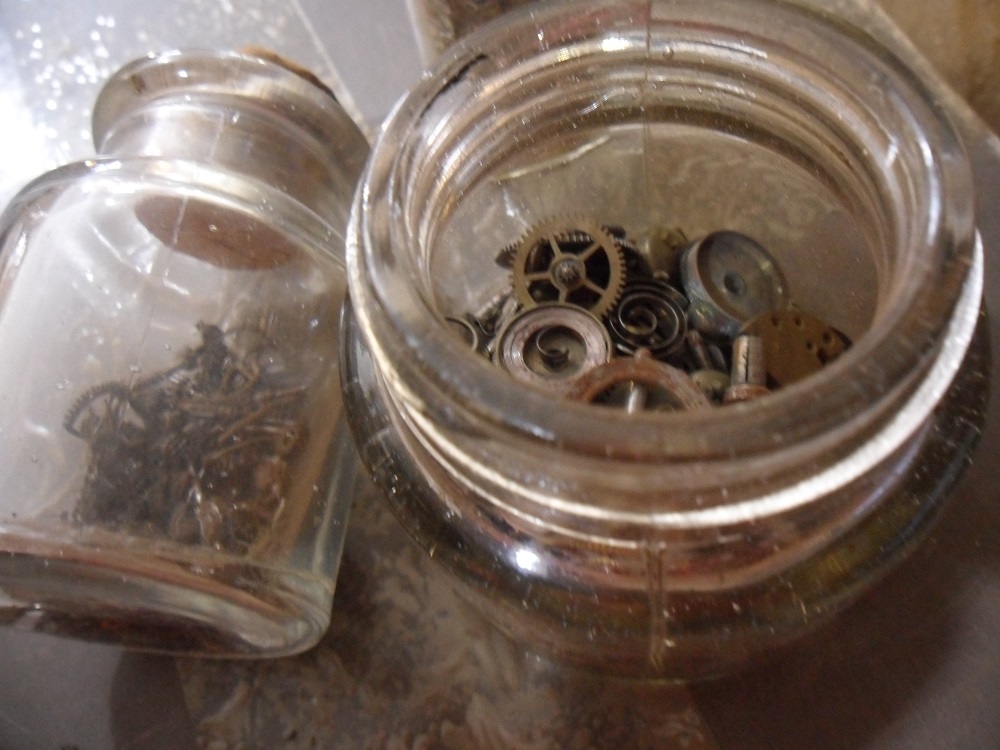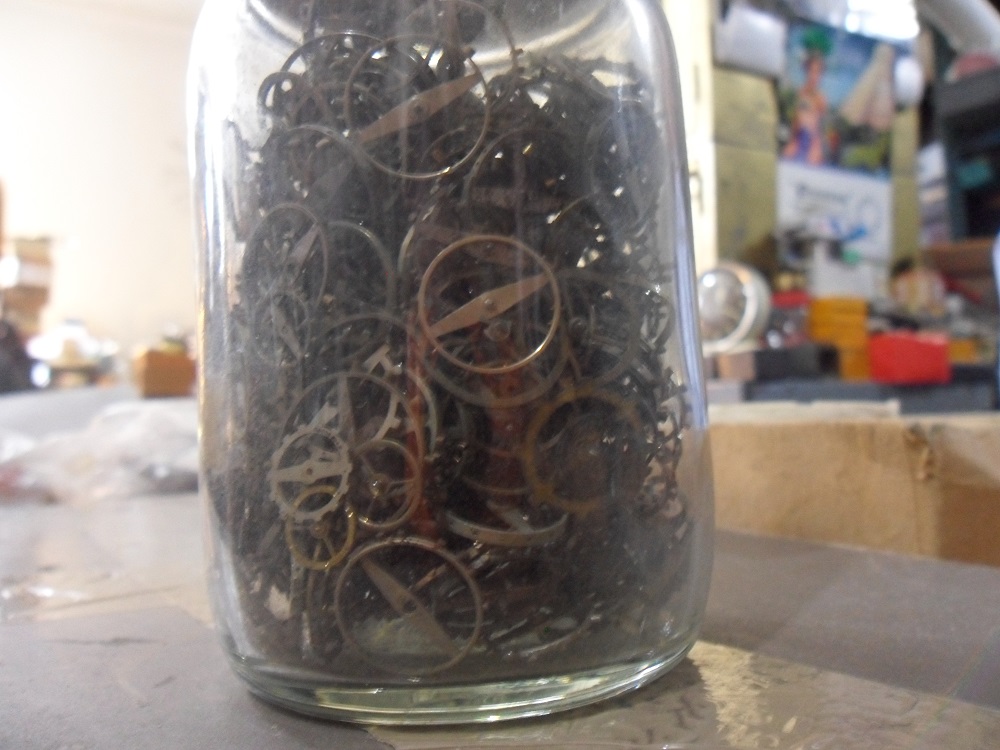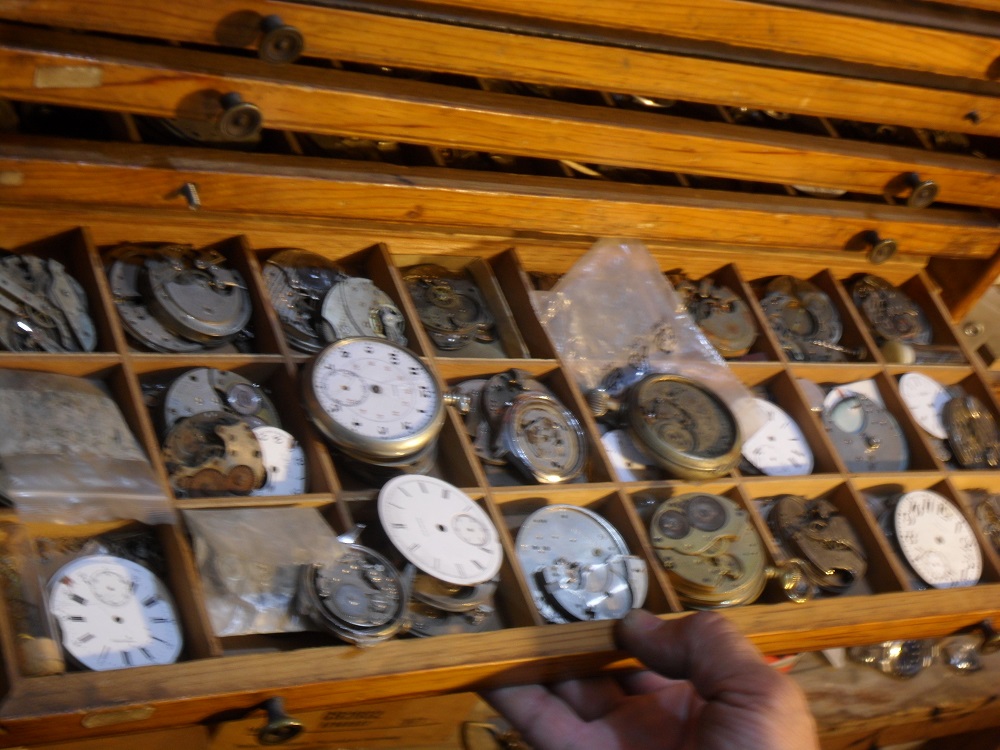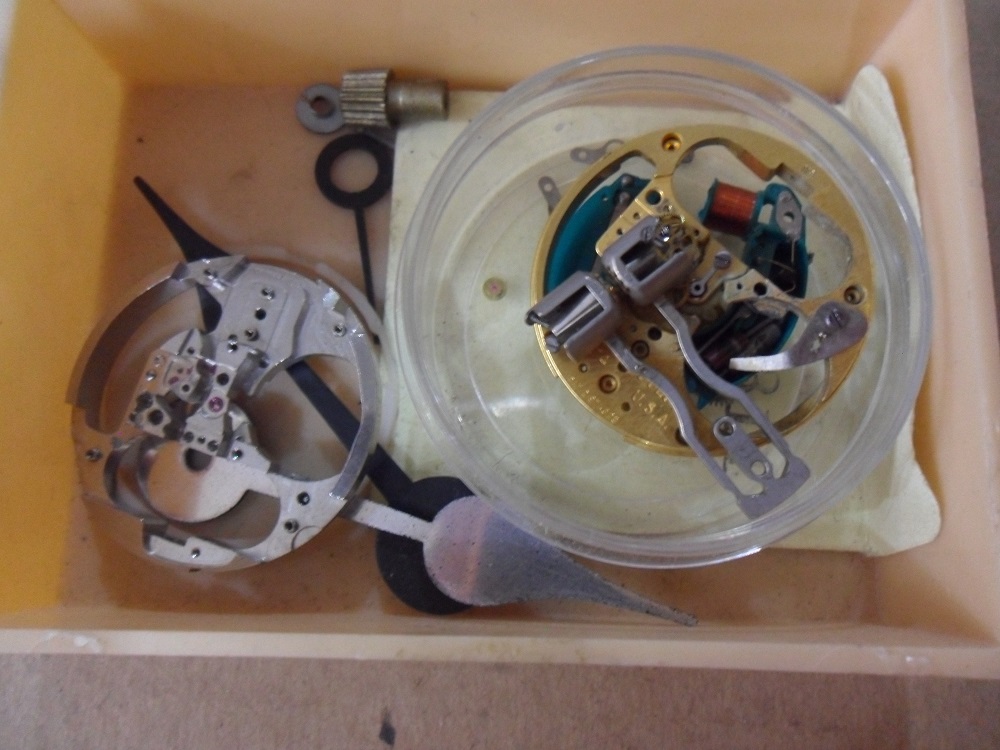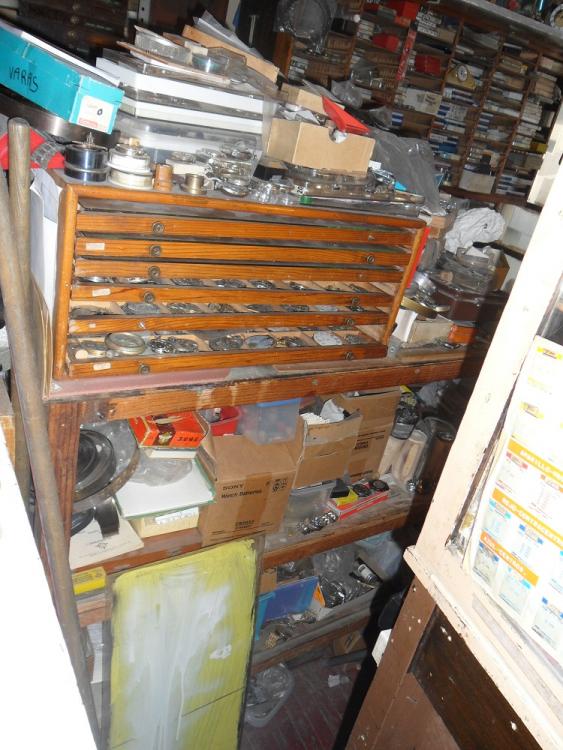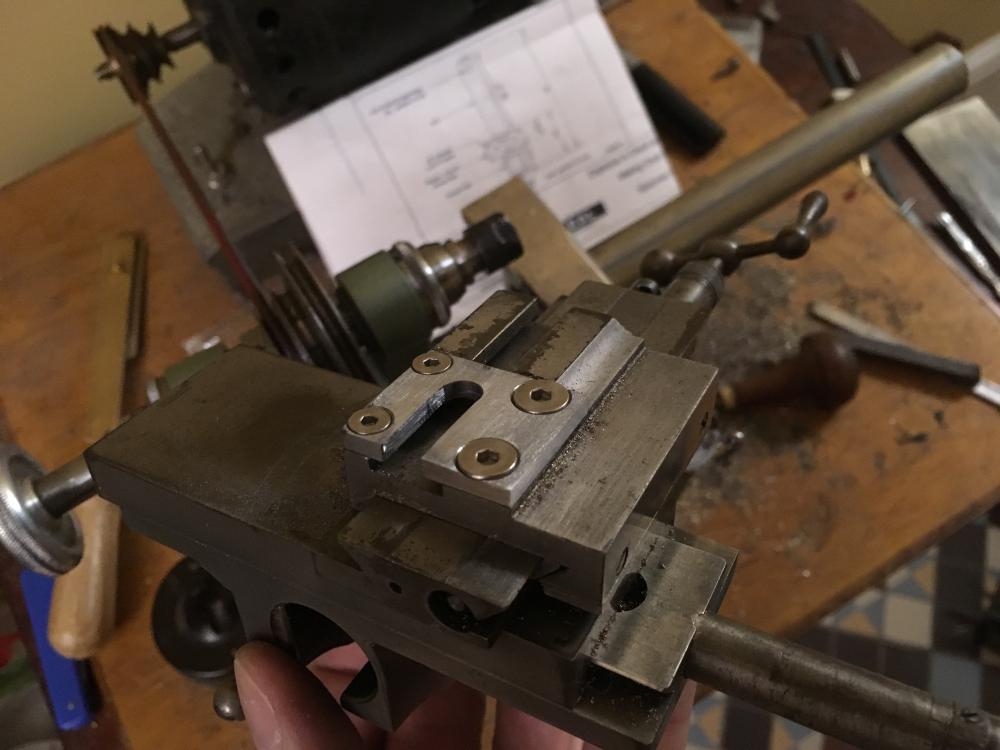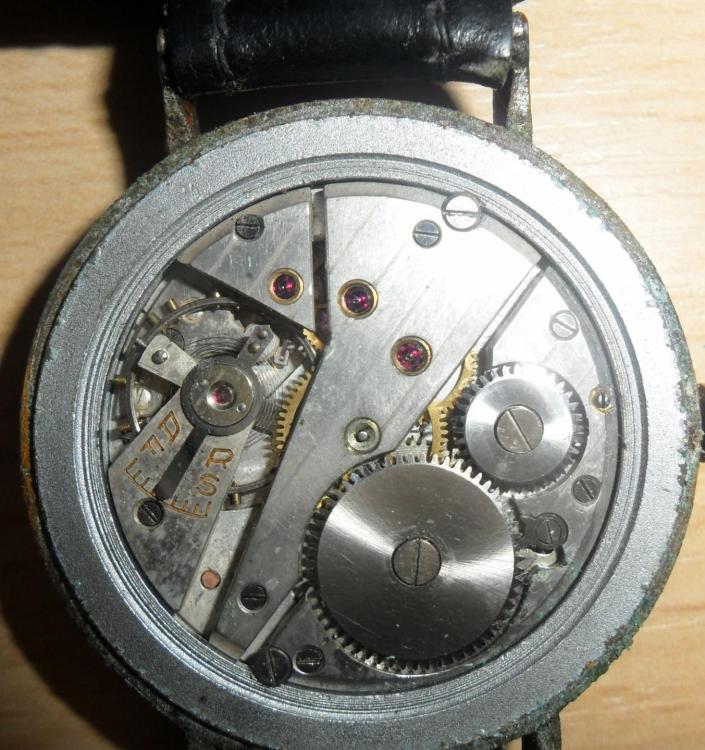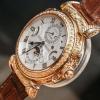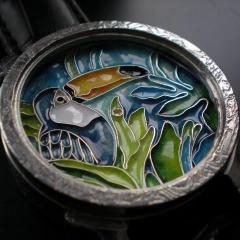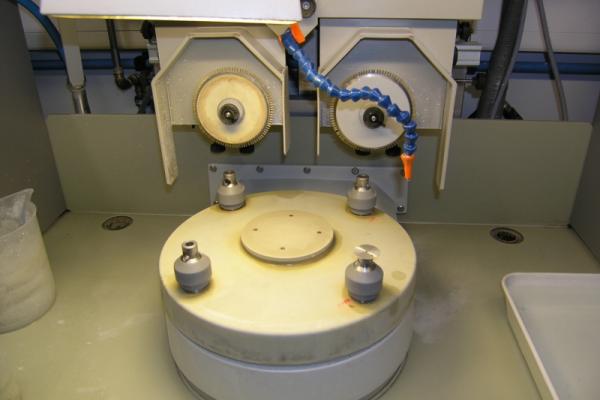Leaderboard
Popular Content
Showing content with the highest reputation on 04/27/18 in all areas
-
4 points
-
2 points
-
Don't use grease. Maybe some 9010 would work best. To thick grease or oil and it won't work.2 points
-
Not a question, but something I've learned that may be useful to others. After cleaning an Omega 1012 the amplitude was low and all over the place - fluctuating between 220 and 240 deg. I couldn't get it any higher. The jewels, gear train, balance all look good. It took me a long time to identify the problem - I wasn't checking the gear train with the sweep seconds pinion fitted. As soon as I fitted that, the problem was clear - too much tension on the friction spring (the spring pushes down on the pinion). I knew the wrong pressure from the spring would make a difference, but I didn't realise how much. Now the amplitude is 280-290 deg. Another lesson learnt1 point
-
1 point
-
You could look in the catalogue ;-) https://www.cousinsuk.com/PDF/categories/1308_Incabloc By Factory - Tissot.pdf The incabloc website doesn’t have movements from that era for some reason, but they do have a dimensions page so you can check if you have the right part fitted http://www.incabloc.ch/en/technique/sus100_en.html1 point
-
1 point
-
Mark has a couple of videos on repairing hairsprings. This one may help - https://www.youtube.com/watch?v=ziPkViNWRJk&list=PLwP8fNxqhOvOHRqVSs_FqtpC1UpEEFXcj&index=2&t=27s1 point
-
thanks for all the advice, i have now successfully removed the screw, i soaked it for 3 days in an unheated solution and i have to say i was a bit sceptical as these things never seem to work for me but i checked it yesterday and it had gone black and just dissolved into mush, there was no damage to the thread or plate and i now have a new part and screw fitted.1 point
-
you have done well there to get to that in half an hour , it is definitely one of the more challenging and frustrating aspects of watch repair. i believe the method for a coned hairspring is to hold the collet and the outer coil and pull through the spring in the opposite direction, good luck with it all.1 point
-
1 point
-
Did it come with any tools? Normally you would have a c-spanner and this would be used to move the spindle. Not familiar with this model but I suspect the black collar where the sliding anvil comes out will loosen the sleeve, allowing you to 'zero' the tool correctly. These usually do not need adjusting and such a big error as yours could be caused by dropping the instrument. Check that the measuring surface (called anvils) meet 'flat' otherwise it will never measure correctly. This can be straightened but needs a machinist to do it well. Anilv1 point
-
Just an update. I received the new mainspring from Cousins today. Checked it against the barrel and as expected it was a fraction too big to just drop in. So I carefully unwound it by hand and used a winder to get it into the barrel. This is where it got a little interesting as I had problems the first time I used this winder because I used the wrong size so I selected what I thought should be correct size for this one. However, when winding I discovered that with about an inch of spring to go it suddenly jammed and I realized that the winder barrel was full and stopped the spring being completely housed. Fortunately I worked around the problem by continuing to insert the winder into the watch barrel as normal and then manually feeding in the inch of remaining spring into the gap around the edge of the barrel. I tried pressing the winder button but it was too stiff since the spring was jammed in, but fortunately with a little tap of a hammer the spring popped into place. So far so good. Then I noticed that the spring's inside coil was just a little too big for the arbor which meant it just freely rotated without catching. So I carefully used pliers to shrink the size of the inner coil. The arbor then slotted firmly into place and after returning the barrel lid, it was winding successfully. After that, I re-assembled and oiled the watch by closely following Mark's course videos. The movement is now happily ticking away with an amplitude of 274 and a nice steady beat. I think the balance might need realignment as there's a large gap between the dots on the timegrapher, but so far I'm pretty chuffed with it all. Thanks for the help. Peter1 point
-
You're going to have to open it up of course. Now that I think of it I believe I once had an accurist similar to yours and it had a Peseux manual wind movement. Can't remember which one but it was almost the same as yours. Peseux made good quality movements. Not over the top but better than the cheapest Swiss ones. It looked kind of like this, maybe it was this exact caliber, don't remember.1 point
-
1 point
-
You are learning fast grasshopper.1 point
-
Reassembled and oiledInstalled the new Facehands back on and done:) Sent from my iPhone using Tapatalk Pro1 point
-
1 point
-
1 point
-
1 point
-
1 point
-
1 point
-
1 point
-
1 point
-
1 point
-
1 point
-
Truly amazing work Leszek! I want to try enalmeling as well What powders are You using and where You buy them?1 point
-
So now obviously the challenge in front of me is to build machine for sunburst dials :)1 point
-
Hello I made it a guilloche straight line machine. Sam built. I do not have machines and brush waiting until you build :-) :-) Pozdrawiam Leszek1 point
-
Ok, actually I found that it is pretty hard to find clear information about the technique of creating sunburst effect on dials. There are some articles (and forum publications) that explain more or less the process. The common information that can be found is that the sunburst effect on the dial is done not with paint but with polishing the brass in certain way, namely from the center to the edge, of the dial, using discs with plastic brushes, pad or very fine grinding tools. Diamond paste is a must. Here you can see a video from a Breitling factory where at 2:45 min for very short period you can see the process. https://www.youtube.com/watch?v=4wFHVdxWNDc The dial is mounted on spindle that is rotating slowly, while the disc with brushes has higher speed. Here below there is a picture of the machine. For the enthusiast I will say that it doesn’t looks like so difficult to build such a machine. Later I will publish other articles that I’m finding for interesting related with the topic for the dials. Best regards, Martin,1 point



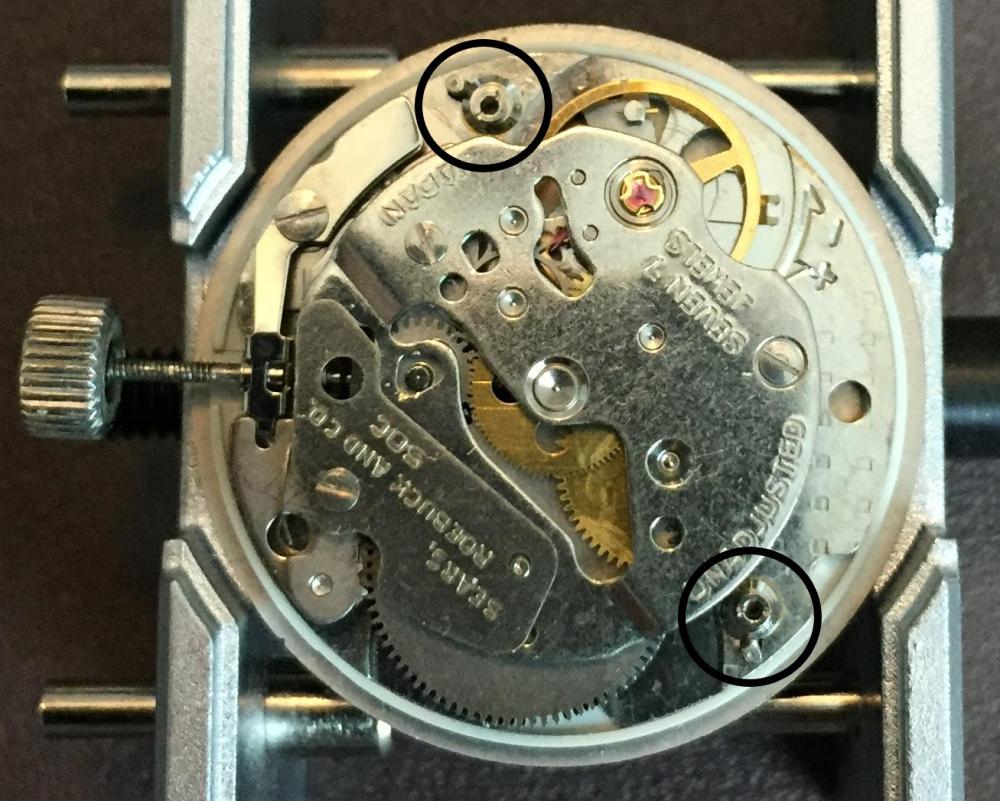

.thumb.jpg.29126d93c71a2b5ffd0c4ff93a8a13d5.jpg)


